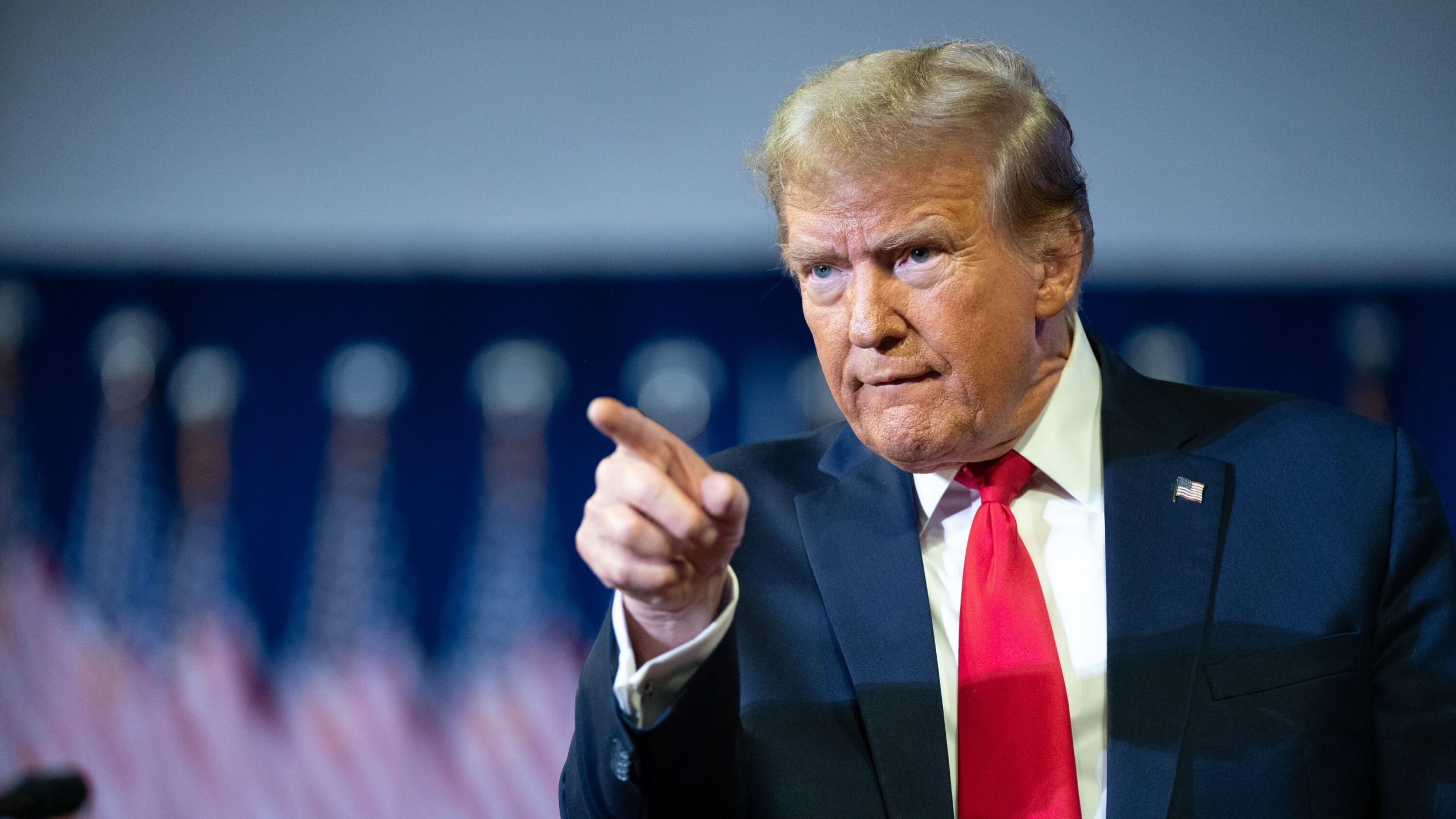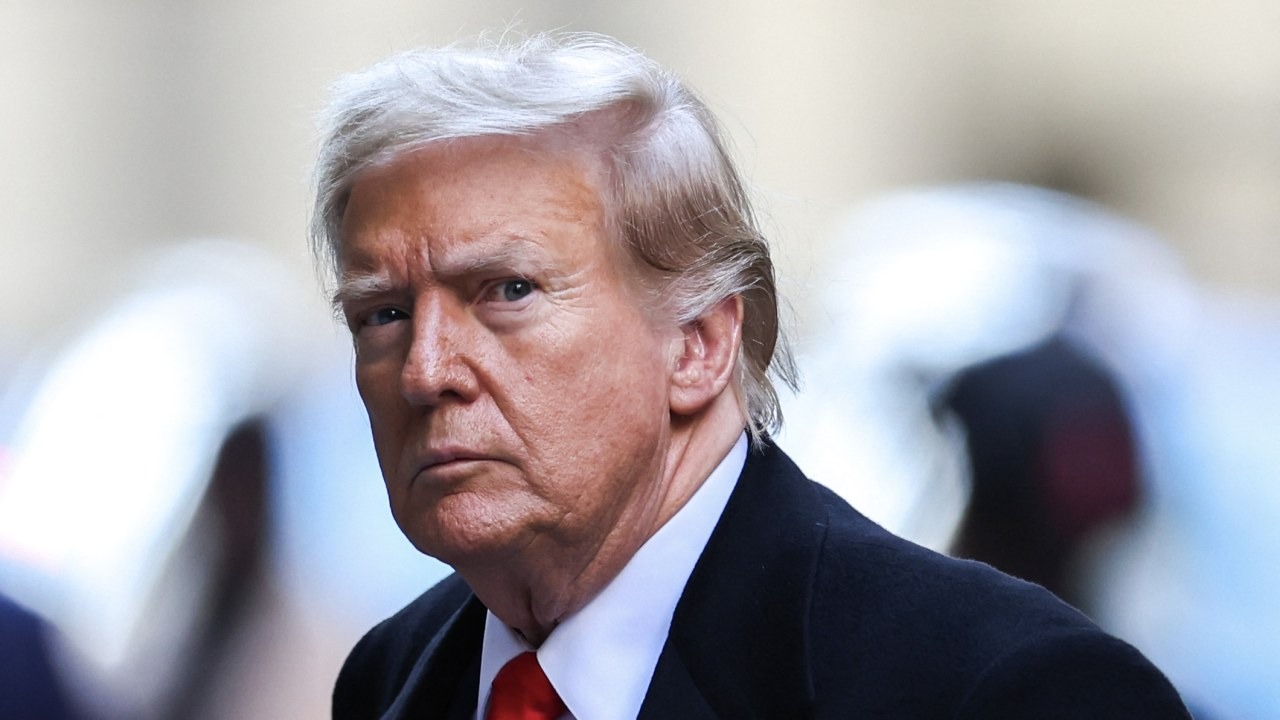During his 2016 presidential campaign, Donald Trump promised to be “the greatest jobs president that God ever created.” He specifically targeted the loss of factory jobs, blaming Democrats and pledging to rejuvenate manufacturing in the United States.
At a rally in Warren, Michigan, Trump confidently declared, “If I’m elected… you won’t lose one plant, I promise you that.” However, contrary to his promises, the United States lost 2.7 million jobs during Trump’s presidency, marking him as the only president since 1939 to preside over a net loss of jobs when such records began being kept.

Donald Trump (Credits: The New York Times)
While Bill Clinton, Ronald Reagan, Joe Biden, and Lyndon Johnson saw important job growth during their terms, Trump’s administration lagged behind, even before the pandemic.
His administration’s average job growth was substantially lower than during Biden’s term, and his signature $1 trillion infrastructure plan, which promised extensive job creation, never materialized.
Instead, Trump prioritized a $1.9 trillion tax cut that heavily favored corporations and wealthy individuals. Dubbed the “Tax Cuts and Jobs Act,” Trump touted it as a job creator, claiming it would lead to a surge in business investment and prevent factory closures.
Yet, the reality was starkly different. The promised investment boom did not occur, and factory shutdowns continued. Trump’s administration saw a net loss of 154,000 manufacturing jobs, and nearly 1,800 U.S. factories closed between 2016 and 2018, even before the pandemic exacerbated economic challenges.

Donald Trump (Credits: Forbes)
Trump’s policies also contributed to this decline. His tariff wars exacerbated U.S. trade deficits, and his tax policies encouraged outsourcing.
His administration’s approach, which he claimed would save jobs, often resulted in serious layoffs and closures, such as the shutdown of the General Motors plant in Lordstown, Ohio, which led to 4,500 workers losing their jobs.
Workers in factory cities, especially in the Midwest Rust Belt, felt betrayed by Trump’s unfulfilled promises. The closure of the Rexnord steel bearings plant in Indianapolis and the GM plant in Lordstown are stark examples of the gap between Trump’s promises and the harsh realities workers faced.
Trump’s tenure did not deliver the manufacturing renaissance he promised, leaving many American workers disillusioned and jobless. His presidency was marked by a serious contradiction between his bold promises and the economic realities of his policies, impacting thousands of workers who had placed their hopes in his leadership.























